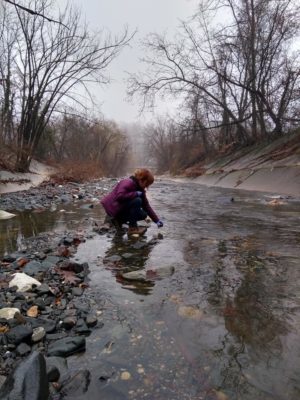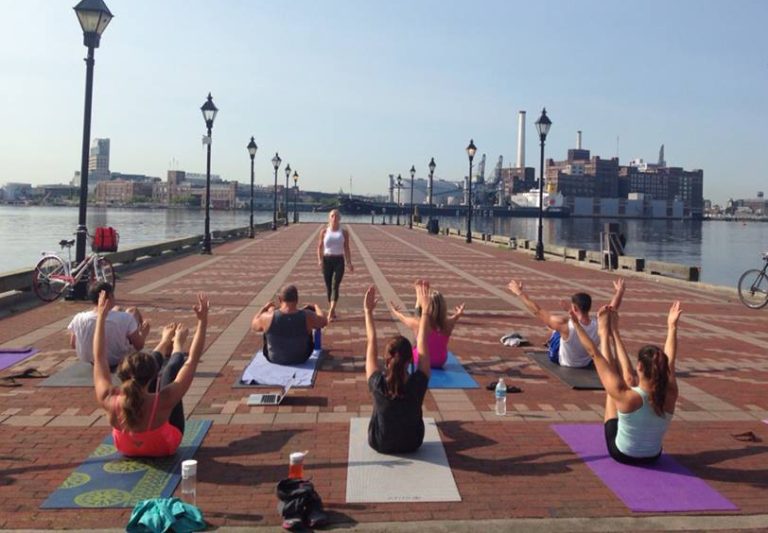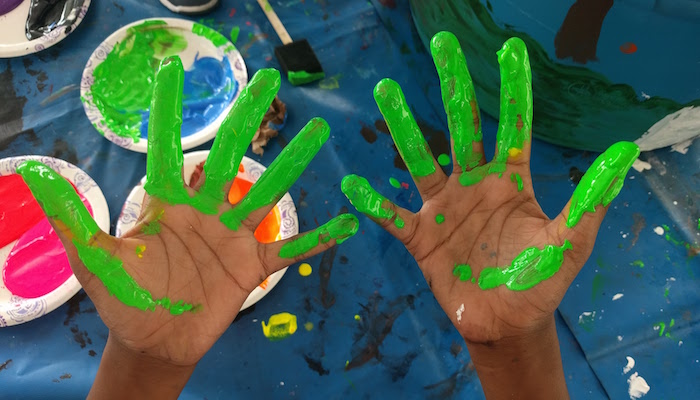What is Baltimore Water Watch?
The Baltimore Harbor Waterkeeper, a program of Blue Water Baltimore, collects and analyzes water quality samples at 49 monitoring stations in Baltimore City and County. With the goal of answering “how’s the water, hon?” we share this data with the public through our interactive website Baltimore Water Watch. 2019 marks a major milestone for our data collection – we now have 10 years of bacteria data in the Baltimore Harbor. This data set has enabled our Waterkeeper, Alice Volpitta, to track key measurements of water health over time and determine the rate of progress.

Bacteria levels have gotten significantly better at 34 of 49 monitoring stations over the past 10 years. Most of the bacteria improvements were seen in our streams during dry weather. This could indicate that illegal sewer connections and leaky pipes have been discovered and fixed by both Baltimore City DPW and Baltimore County DEPS/DPW. We do not know if the data is linked with specific projects in the ground, but we believe the message here is clear: We must prioritize sewer rehab project investments because they are likely working to measurably improve water quality. While these trends are great news, it’s important to remember that many stations showing improving bacteria are still too polluted to support recreation much of the time.
We are missing the mark in our regional approach to stormwater, which is evident through the worsening of Nitrogen, Phosphorus, Water Clarity, and Conductivity at roughly half of our nontidal stations. Our current pollution reduction practices aren’t keeping pace with climate change, a growing suburban population, and increased development. Our data suggests we need to dramatically increase funding and investment in meaningful stormwater management in order to reduce stormwater volume and treat it before it enters our waterways. Many regions have found success through Green Stormwater Infrastructure (GSI), such as street trees and rain gardens, to better manage stormwater, while also greening neighborhoods. We released a report in 2019 outlining how Baltimore City could expand the implementation of GSI.

As a science-based advocacy organization, Blue Water Baltimore’s work is guided by strong data. Our data shows that our waterways are often still too polluted for many fish and wildlife to thrive, or for people to safely engage in recreational activities. There is still so much work to be done before ecological health can be restored. But recovery is possible, and we know the steps we need to take to get there. Ultimately, this is the sign of hope Baltimore needs right now.
You can learn more about our data collection and results at BaltimoreWaterWatch.org.



